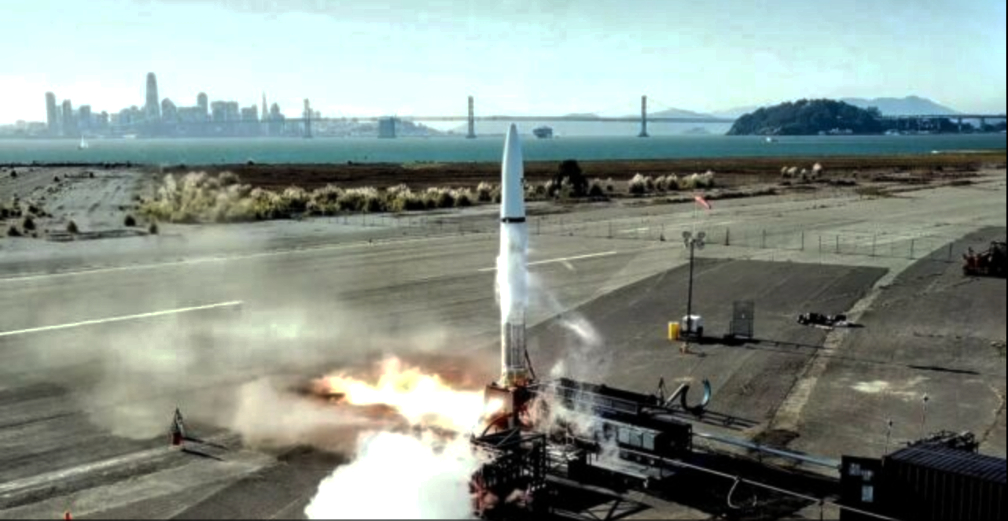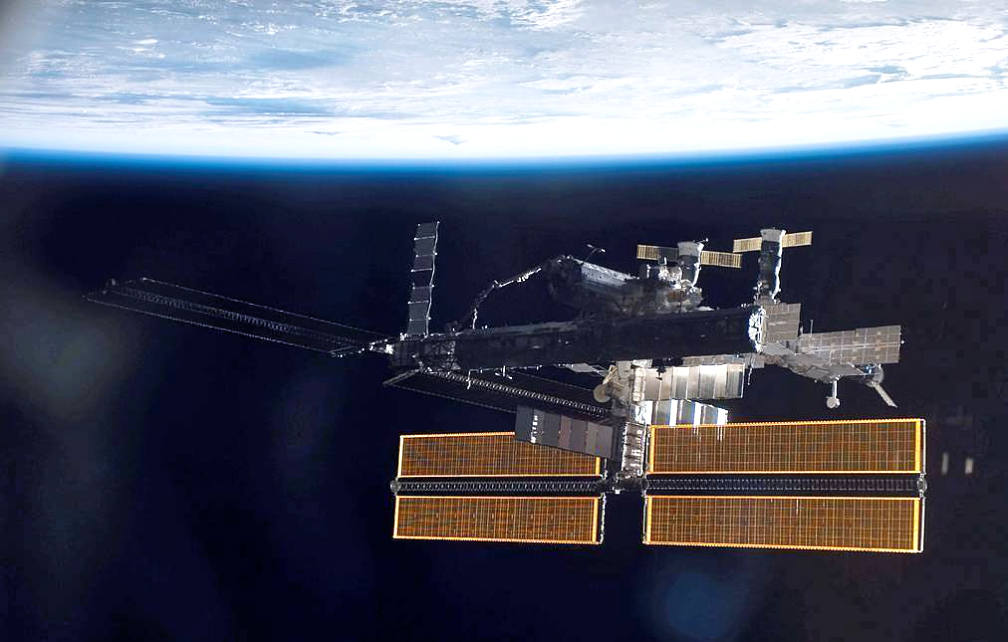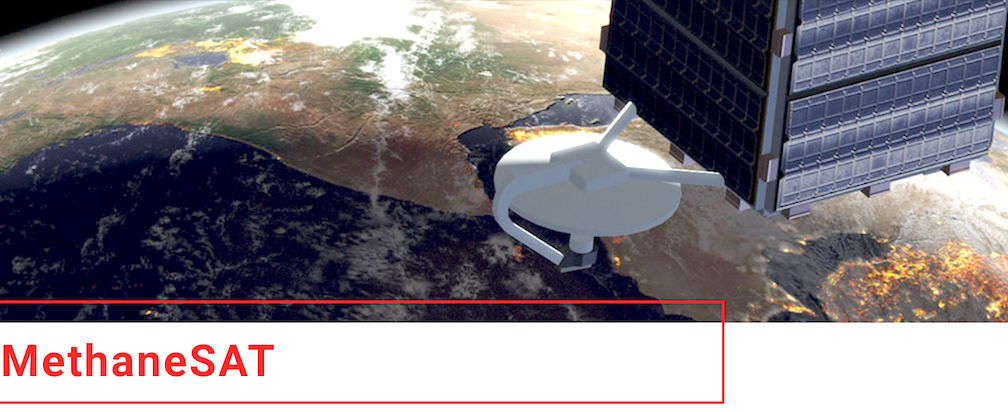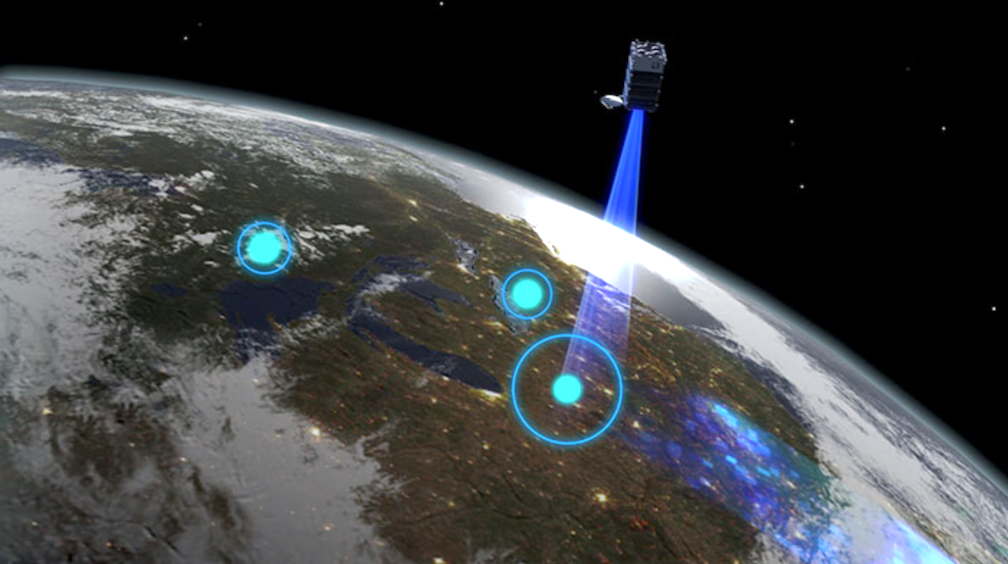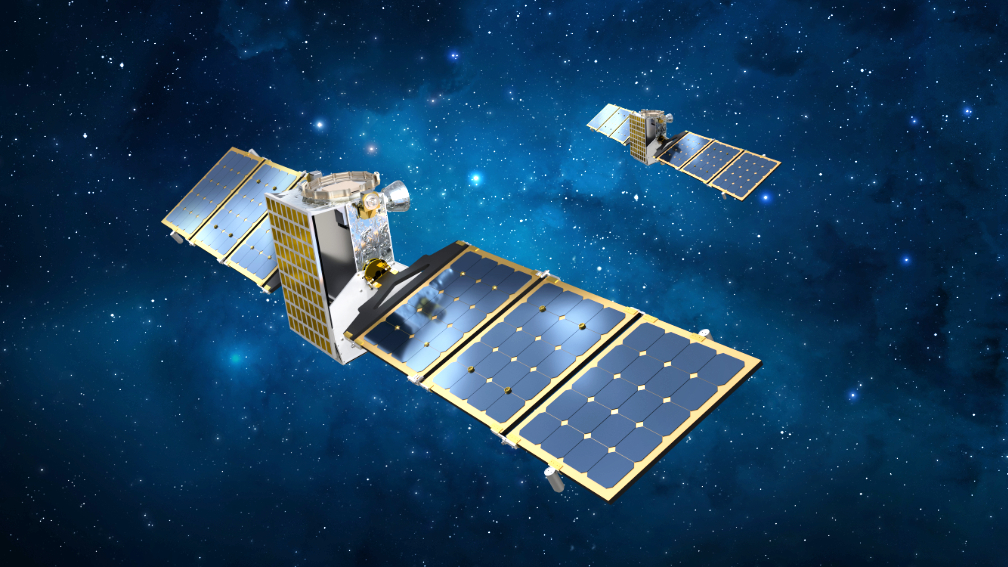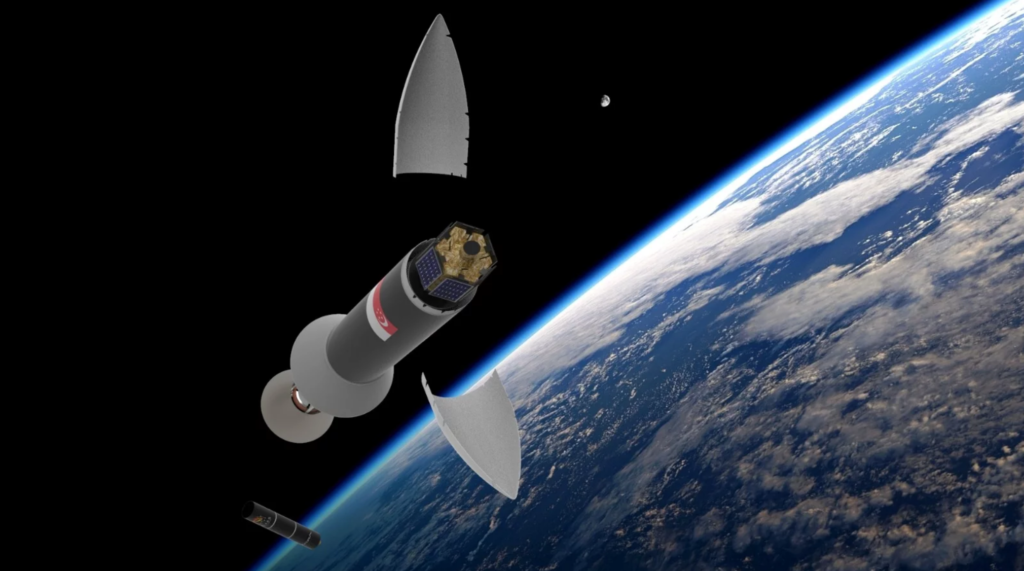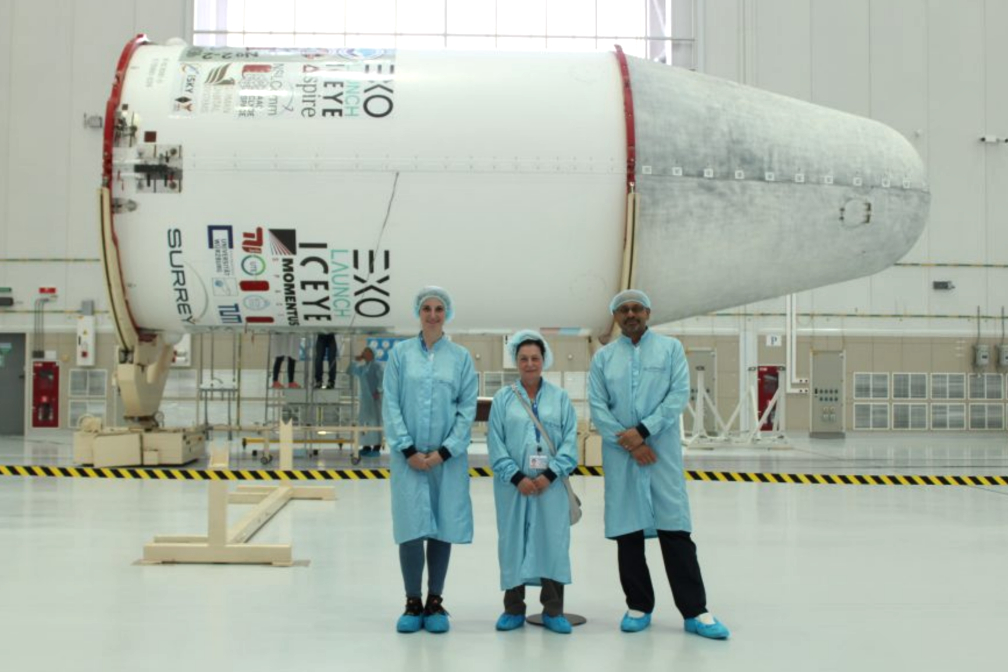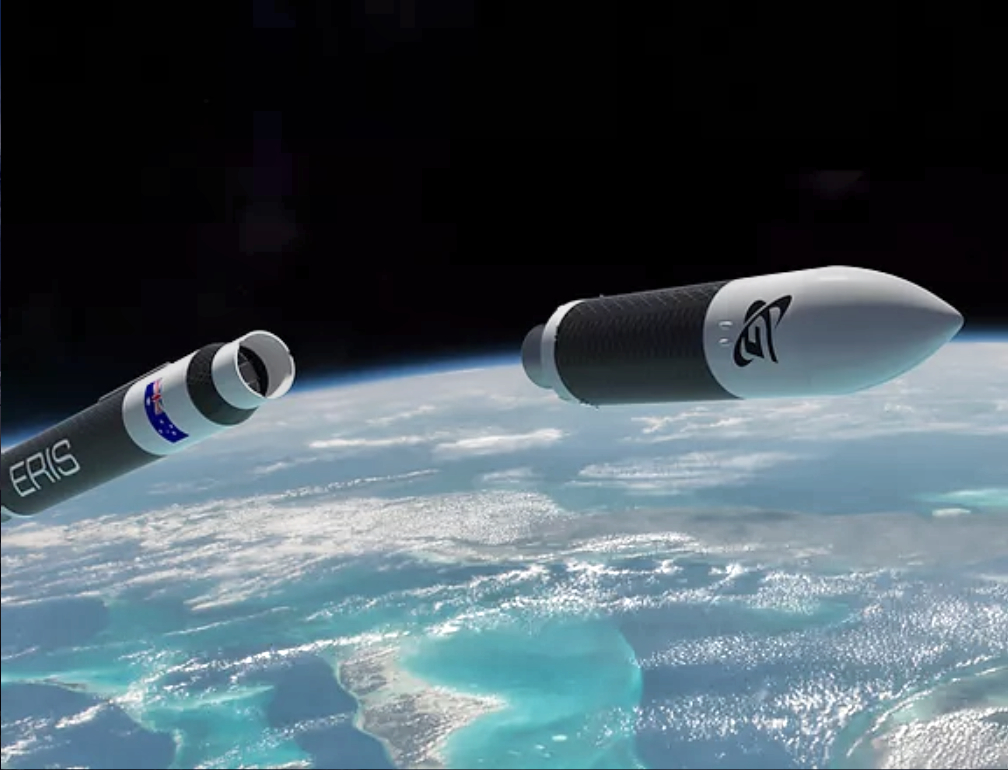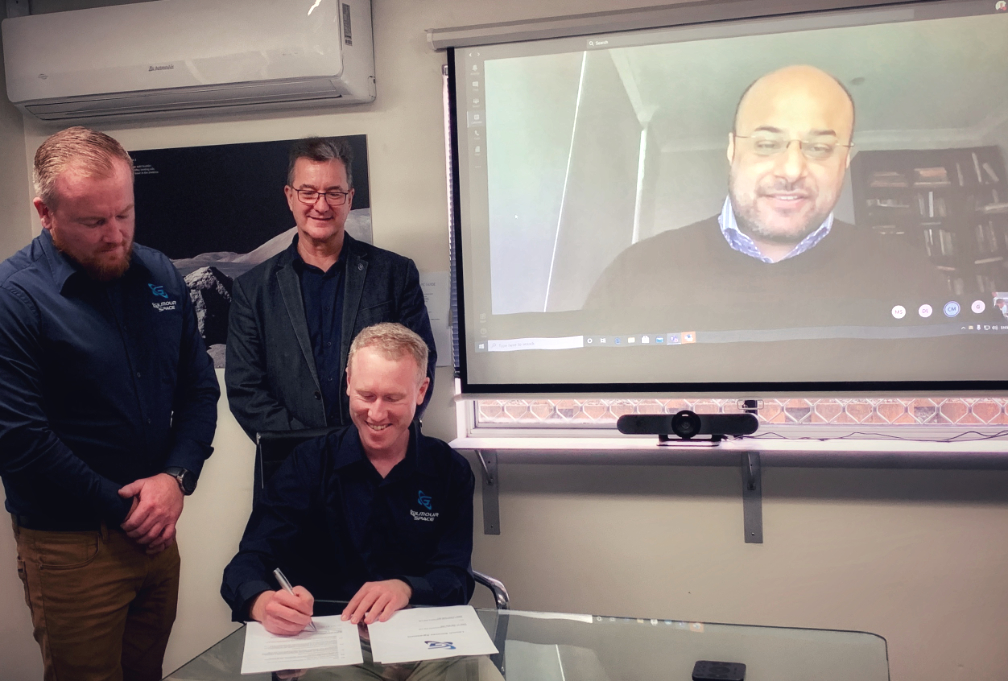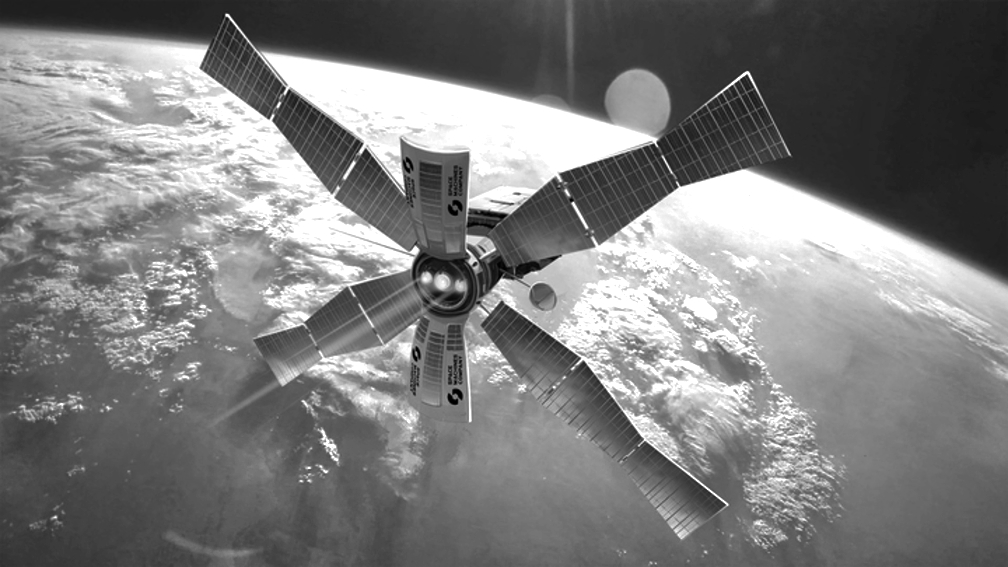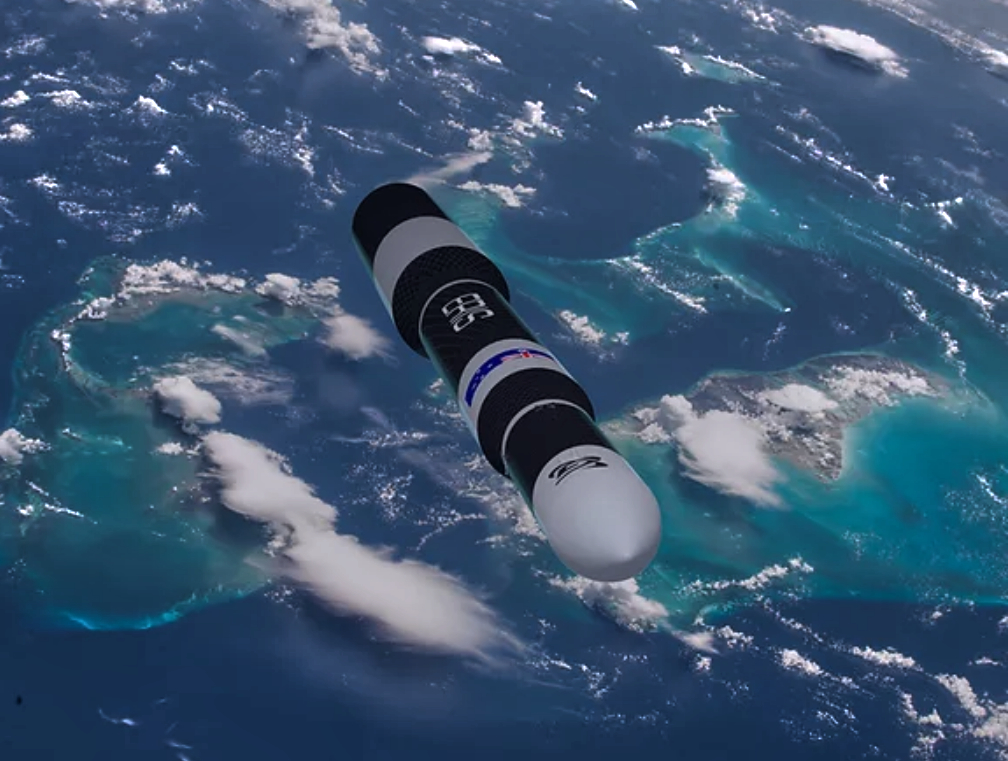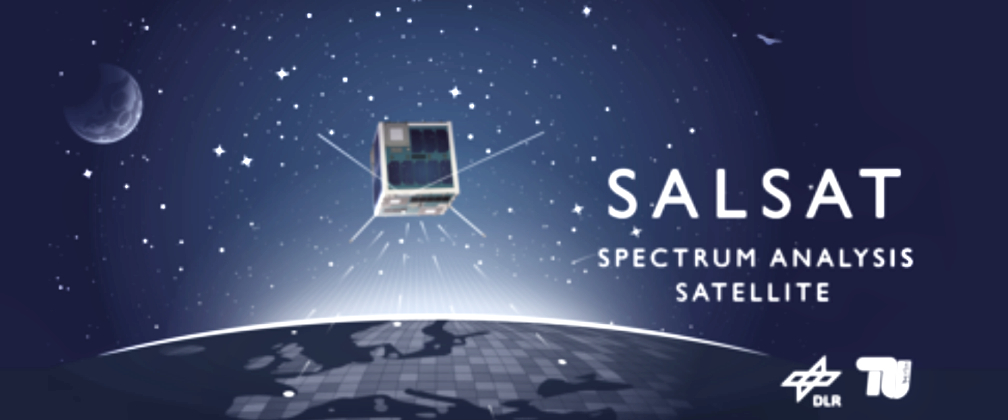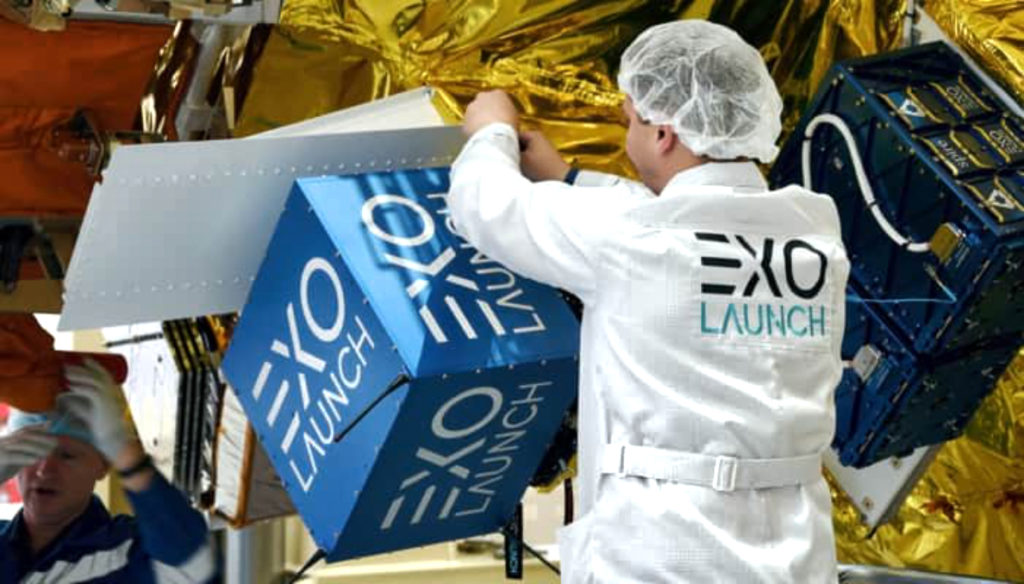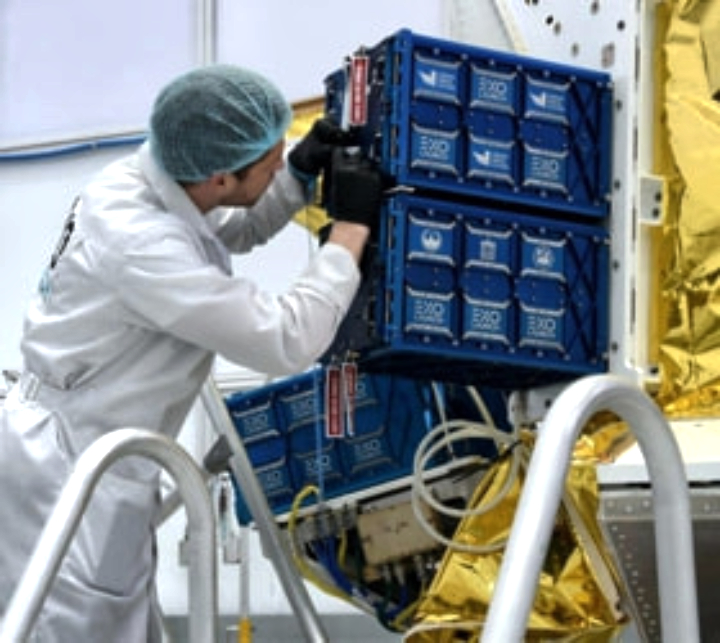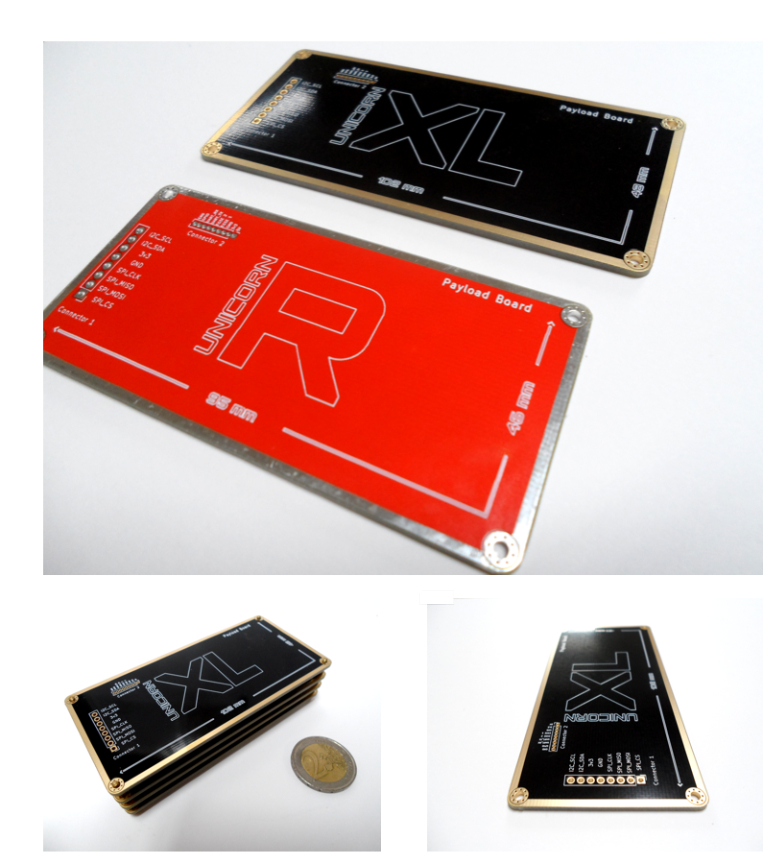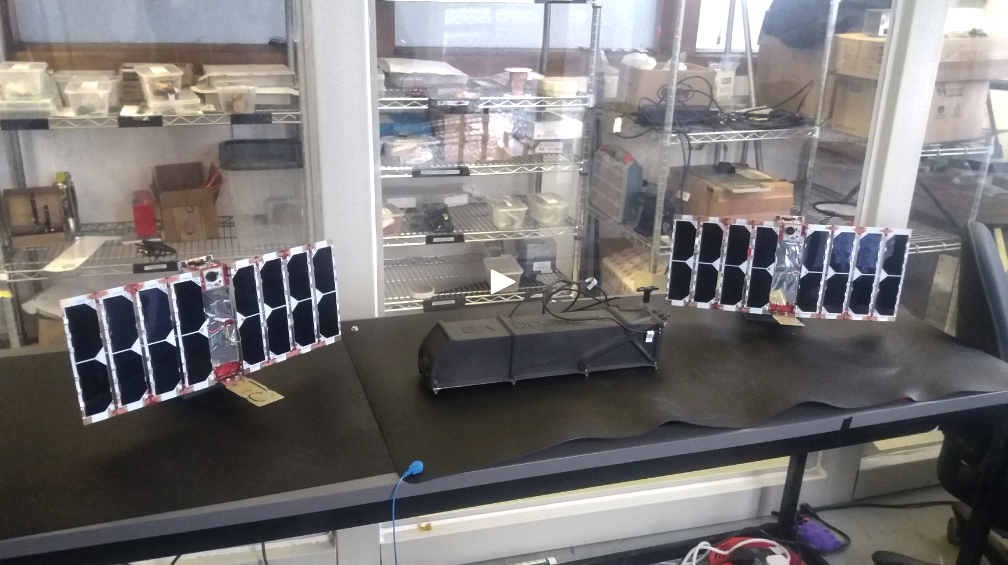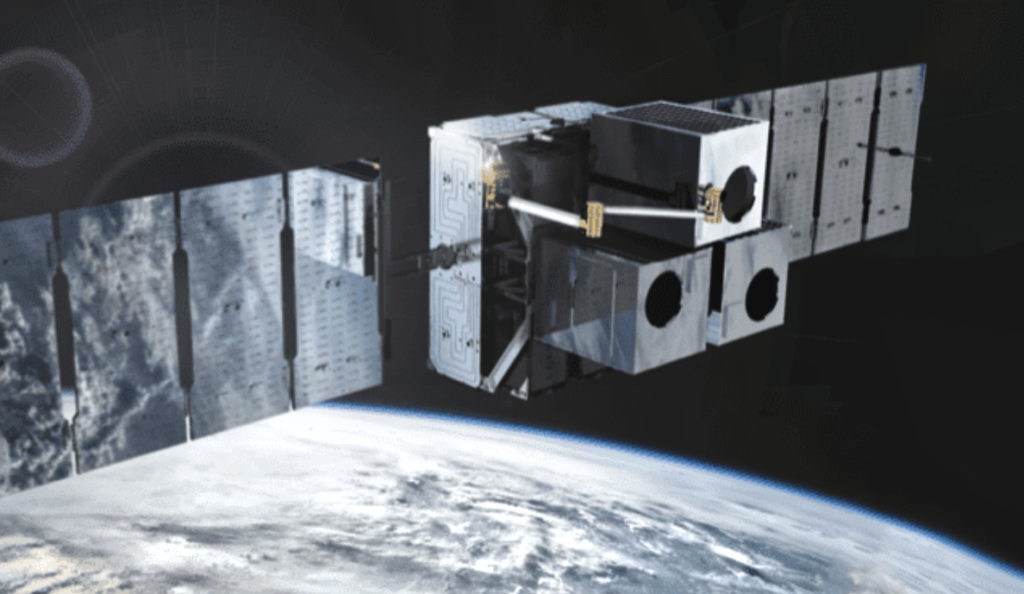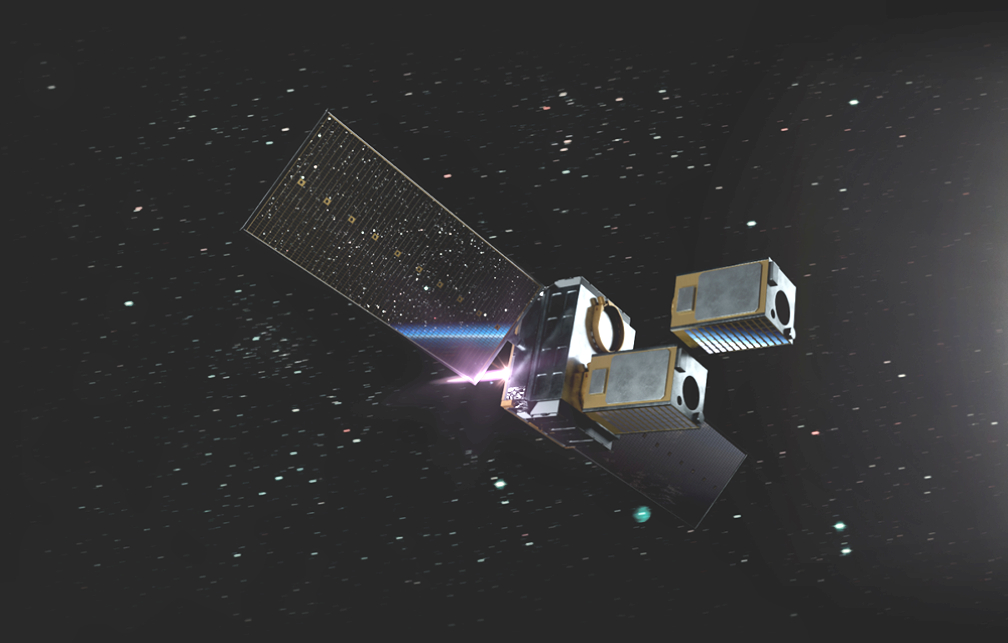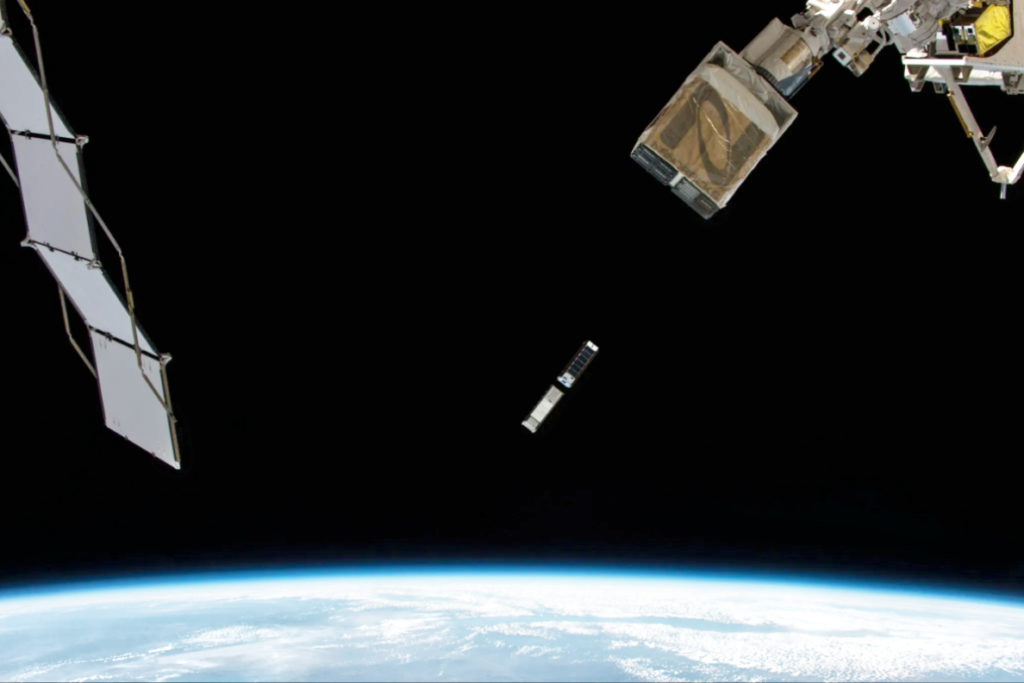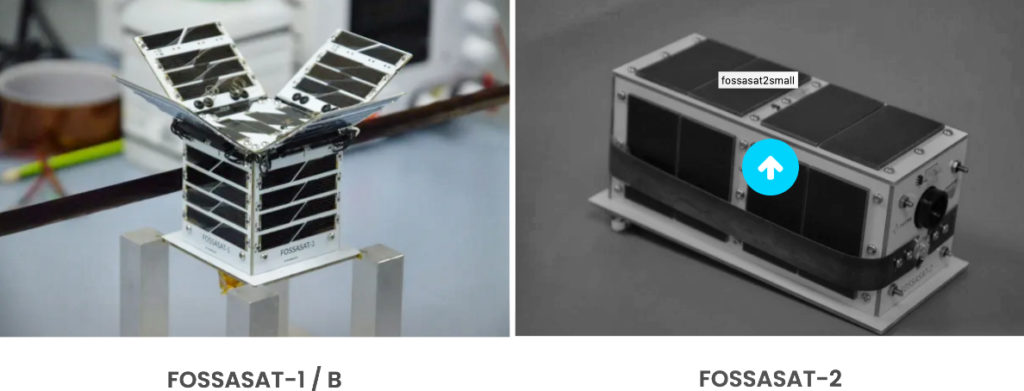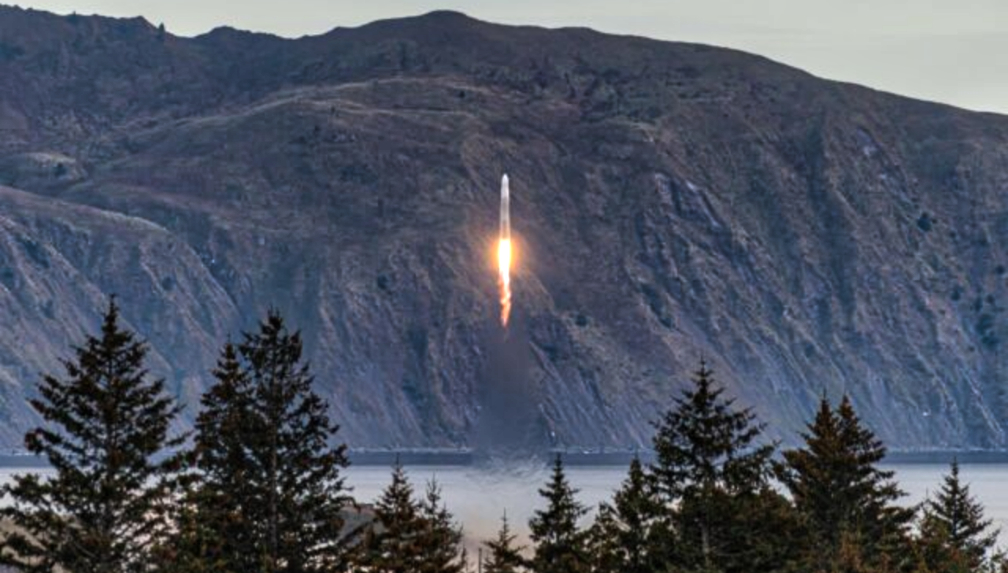
Astra launched their first orbital rocket on Friday, September 11, from a spaceport located in southern Alaska on Kodiak Island.
Rocket 3.1 began to climb straight into the sky before the launch vehicle began to start swaying back and forth. The danger of the flight passing outside of the controlled flight area and it started to drift away from the planned trajectory required a command be sent by Astra to shut down the rocket’s engines. The potential of Rocket 3.1 descending into protected areas required this action be taken. The 30 second burn was terminated.
According to Astra, a flight software problem caused the problem and was not due to any first stage hardware complications. An extensive investigation will now be undertaken to determine the exact cause of this anomaly.
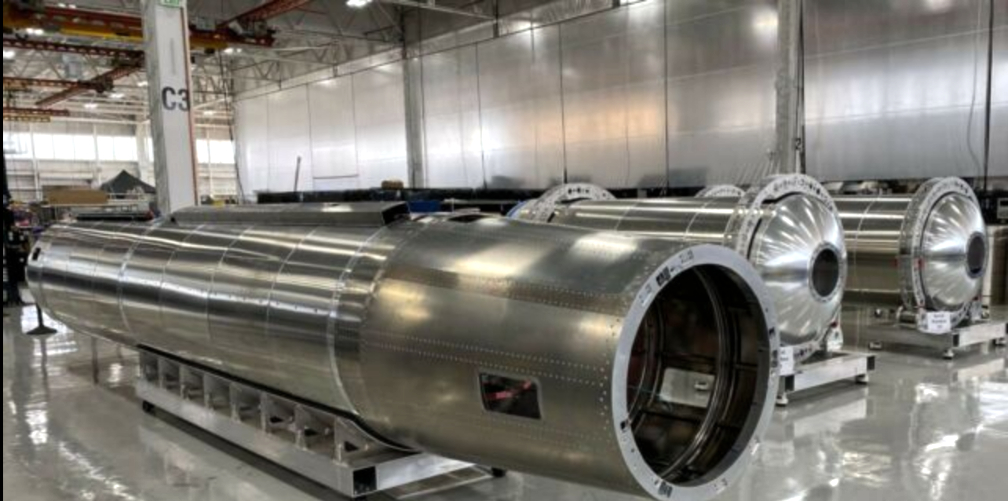
Astra is scheduled for three additional test flights which, according to company CEO Chris Kemp, remains on track. He stated that there was almost no single part of the rocket that had ever flown before, and that the best method to obtain data about a rocket’s performance is to actually test the hardware in flight and not through simulations that go on and on.
The firm was founded in 2016 and is based in Alameda, California, and employs around 100 staff.
